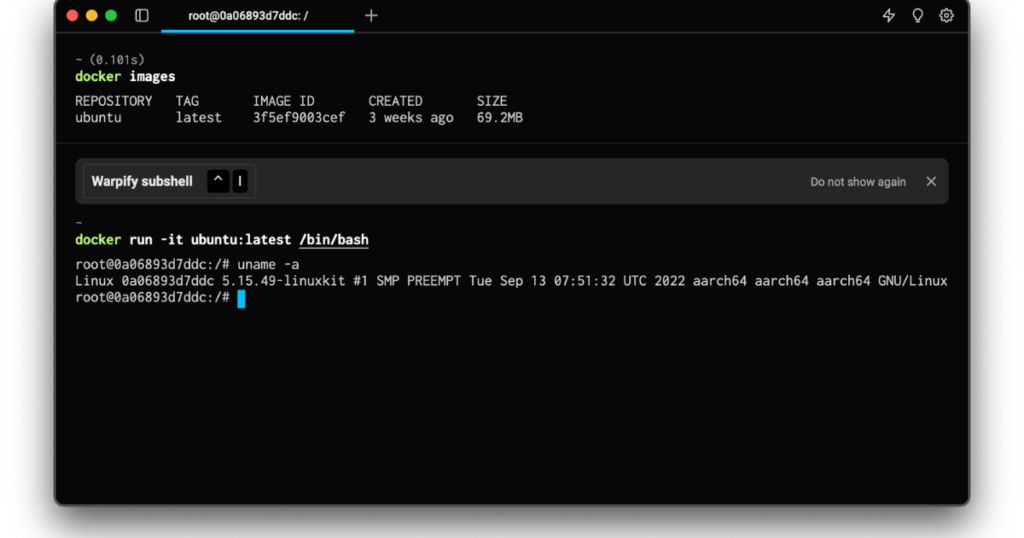Yarn DXL (Dependency Execution Layer) Subshell is a powerful tool for managing and executing scripts within the Yarn package manager. Whether you’re a seasoned developer or just starting, understanding how to effectively use the Yarn DXL subshell can streamline your workflow, automate tasks, and make your development process more efficient. In this article, we’ll dive deep into what the Yarn DXL is, how it works, and how you can leverage it to optimize your development process.
What is Yarn DXL Subshell?
The Yarn DXL subshell is an advanced feature in Yarn that allows developers to run scripts and commands in an isolated environment. This feature is particularly useful for managing dependencies and executing tasks that require a specific environment or configuration. By using the DXL subshell, you can ensure that your scripts run consistently across different machines and setups.
Key Features of Yarn DXL Subshell:
- Isolation: Runs scripts in a controlled environment, preventing conflicts with global or local system settings.
- Efficiency: Streamlines the execution of tasks by managing dependencies internally.
- Consistency: Ensures uniform behavior of scripts across different environments.
Setting Up Yarn DXL Subshell
Before diving into the use of the DXL subshell, you need to ensure that your development environment is set up correctly. Here’s how you can do it:
- Install Yarn: Ensure you have Yarn installed on your system. If not, you can install it by running:bashCopy code
npm install -g yarn - Initialize a New Project: If you don’t already have a project, create one by running:bashCopy code
yarn init - Add Dependencies: Install the required dependencies for your project using:bashCopy code
yarn add <package-name> - Accessing the Subshell: To start using the DXL subshell, you simply run:bashCopy code
yarn dxl subshellThis command will launch the subshell environment where you can execute your scripts and commands.
How to Use Yarn DXL Subshell
Once you have the DXL subshell running, you can start executing scripts in this isolated environment. Here are some common use cases:
- Running Scripts: You can run any script within the subshell without worrying about environment conflicts. For instance:bashCopy code
yarn run <script-name> - Managing Dependencies: Since the subshell manages dependencies, you can install and remove packages within the subshell without affecting your global environment. Example:bashCopy code
yarn add <package-name> yarn remove <package-name> - Automating Tasks: Automate repetitive tasks like testing, building, or deploying your application by scripting them in the subshell. For example:bashCopy code
yarn test - Custom Environments: If your project requires a specific version of Node.js or other dependencies, you can configure the subshell to use these versions, ensuring consistency across development, testing, and production environments.
Best Practices for Using Yarn DXL Subshell
To get the most out of Yarn DXL, consider the following best practices:
- Script Modularity: Keep your scripts modular and focused on single tasks. This makes them easier to manage and debug.
- Environment Configuration: Define environment-specific configurations in a dedicated configuration file. This helps in maintaining different environments like development, staging, and production.
- Regular Updates: Keep your dependencies up-to-date. Regularly run
yarn upgradeto ensure you’re using the latest versions of packages. - Testing: Always test your scripts in the subshell before deploying them. This helps catch any issues that might arise due to environment differences.
- Documentation: Document your scripts and their purpose within the project. This is particularly useful in larger projects where multiple developers might be working on the same codebase.
Troubleshooting Common Issues
While Yarn DXL subshell is robust, you might run into some issues. Here’s how to troubleshoot common problems:
- Dependency Conflicts: If you encounter dependency conflicts, try removing and reinstalling the conflicting packages.bashCopy code
yarn remove <conflicting-package> yarn add <conflicting-package> - Script Failures: If a script fails to execute, ensure that all dependencies are correctly installed and that the script path is correctly specified.
- Subshell Performance: If the subshell is slow, consider increasing the available resources or optimizing the scripts you’re running.
Conclusion
Yarn DXL subshell is a versatile tool that can significantly enhance your development workflow. By providing an isolated environment for running scripts and managing dependencies, it ensures consistency and reliability in your projects. Whether you’re automating tasks, managing dependencies, or setting up custom environments, the Yarn DXL has you covered. Start using it today to streamline your development process and take your projects to the next level.
